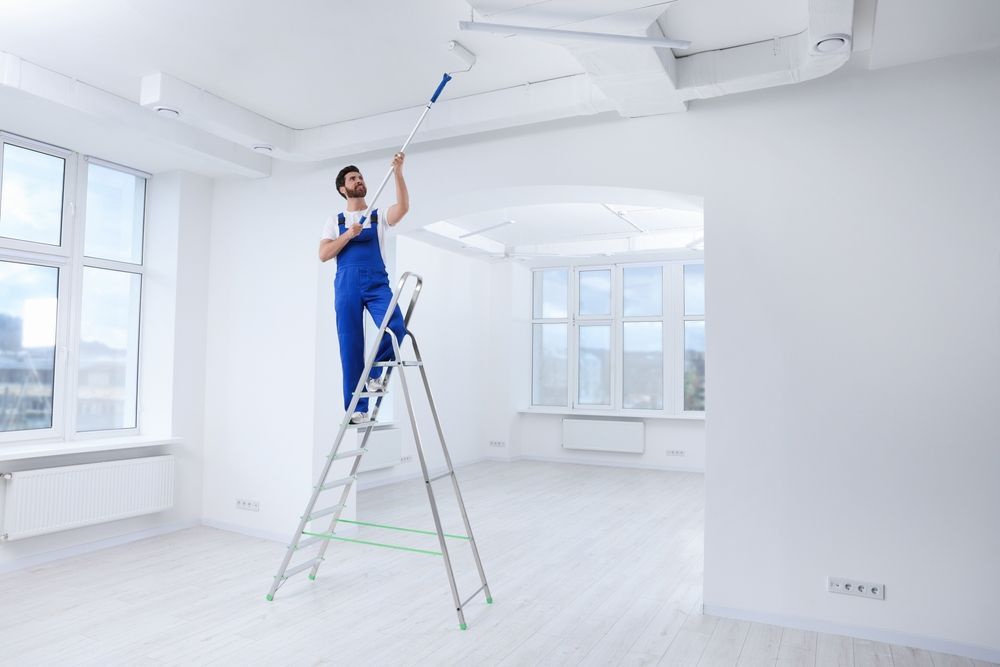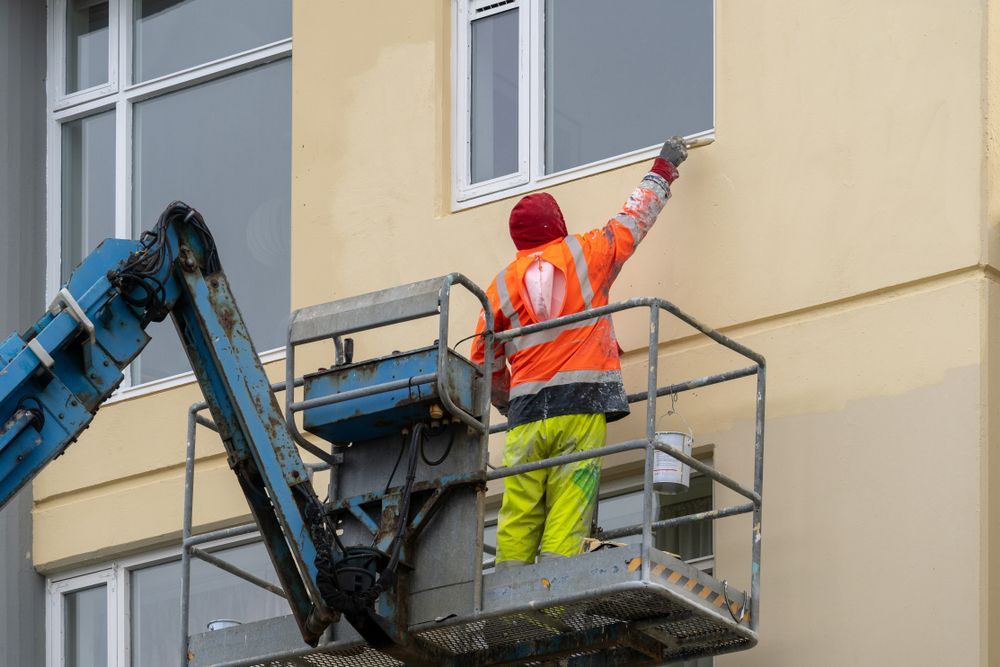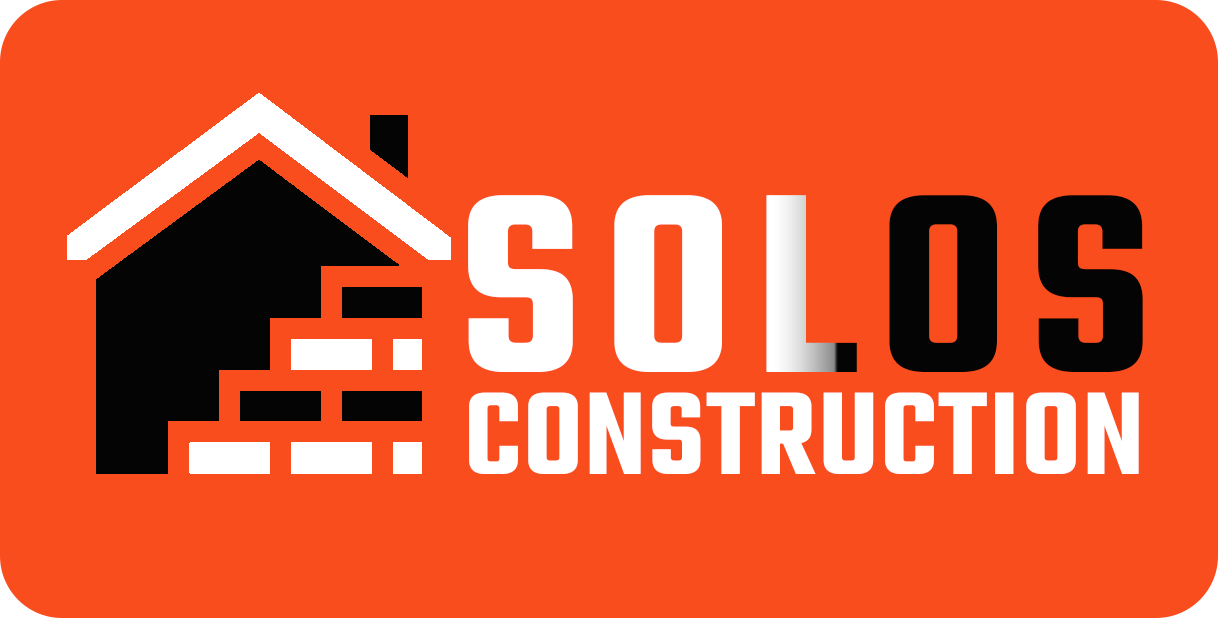Essential Signs Your Home Needs Stucco Repair: What to Watch For
Stucco is a durable and attractive exterior finish with good insulation properties, but it needs proper care and timely repairs to stay in top condition. Ignoring damage can lead to expensive problems later on. Recognizing early signs of damage and taking prompt action is crucial for maintaining your home’s value and structural integrity. This guide covers the key indicators your home requires stucco repair and explains why addressing them quickly can prevent bigger, costlier issues. Timely maintenance helps you save time and money while preserving your home’s appeal and function.
Why Stucco Maintenance is Important
Stucco serves as a protective and decorative layer for your home’s exterior. It provides insulation and helps regulate indoor temperatures. However, stucco is not immune to damage. Common issues like cracks, water damage, and bulging can compromise your home’s structural integrity and lead to more severe problems if left untreated. Addressing these issues promptly can prevent the need for extensive repairs and ensure your home remains energy-efficient and visually appealing.
Top Signs Your Home Needs Stucco Repair
Visible Cracks and Fractures in the Stucco
One of the most apparent signs your home needs stucco repair is the presence of visible cracks. These can range from minor hairline cracks to more significant fractures. Hairline cracks often occur due to natural settling and minor shifts in the foundation. While these may seem harmless, they should be monitored closely, as they can widen over time.
Larger cracks typically indicate more serious structural issues. These can result from poor installation, water intrusion, or shifting soil. If left unaddressed, these cracks can allow moisture to seep into the walls, leading to water damage and mold growth. Repairing cracks early can prevent costly repairs and maintain the stucco’s effectiveness.
Water Stains and Discoloration
Water damage is a common problem that can manifest as dark spots or streaks on your stucco. Discoloration is often a sign that moisture has penetrated the stucco and affects the underlying structure. This can occur due to poor drainage, damaged gutters, or cracks that allow water to seep.
Ignoring water stains can lead to severe consequences, including mold and mildew development. These issues affect the integrity of the stucco and can also compromise the health of your household. If you notice any signs of water stains, it’s crucial to investigate the source and address the problem promptly.
Bubbling or Bulging Stucco
Bubbling or bulging areas on your stucco indicate moisture is trapped beneath the surface. This is often due to improper installation or water infiltration behind the stucco layer. When moisture gets trapped, it weakens the adhesion between the stucco and the wall, causing it to bubble or bulge outward.
This type of damage should be taken seriously, as it can lead to larger sections of stucco detaching from the wall, posing safety hazards. If you spot bubbling or bulging, it’s best to call a professional to assess the situation and recommend appropriate repairs.
Crumbling or Peeling Stucco
Crumbling or peeling stucco is another clear indicator that repairs are needed. This can happen when the stucco mix was improperly applied or if it has been exposed to excessive moisture over time. As the stucco begins to deteriorate, it loses its protective properties, allowing water to penetrate and damage the underlying structure.
Crumbling stucco diminishes your home’s curb appeal and can lead to further issues, such as insulation problems and increased energy costs. Repairing or replacing deteriorating stucco can restore your home’s efficiency and appearance.
Soft or Loose Areas on the Wall
If you notice any areas of your stucco wall that feel soft or loose to the touch, it’s a sign that the material is separating from the wall. This can result from moisture infiltration or aging stucco. Soft spots often indicate that the underlying material has been compromised and may require a professional inspection to determine the extent of the damage.
Loose stucco can eventually fall off, creating safety hazards and leaving your home vulnerable to the elements. If you detect soft or loose spots, addressing the issue quickly is crucial to prevent more extensive damage.
Stucco serves as a protective and decorative layer for your home’s exterior. It provides insulation and helps regulate indoor temperatures. However, stucco is not immune to damage. Common issues like cracks, water damage, and bulging can compromise your home’s structural integrity and lead to more severe problems if left untreated. Addressing these issues promptly can prevent the need for extensive repairs and ensure your home remains energy-efficient and visually appealing.
Contributing Factors to Stucco Damage
- Poor Installation Practices: Improper installation is one of the primary causes of stucco issues. If the stucco is not applied with the correct techniques or materials, it can lead to premature damage. Common mistakes include insufficient curing time and improper layering, resulting in cracks and separation.
- Weather Conditions: Stucco can be affected by extreme weather conditions such as heavy rain, humidity, and temperature fluctuations. These elements can cause expansion and contraction, leading to cracking and water infiltration. Homes in regions with frequent temperature changes are more susceptible to stucco damage.
- Aging Stucco: Like any building material, stucco has a lifespan. Over time, it naturally wears down and becomes more vulnerable to damage. Regular inspections and maintenance can help identify signs of aging stucco before they escalate into more severe problems.
Why Timely Stucco Repair is Crucial
Prevention of Further Damage
- Addressing stucco problems as soon as they are detected can prevent more extensive damage to your home’s structure. Small cracks or moisture issues can quickly escalate, leading to significant repair costs if not managed promptly.
Cost Savings
- Timely repairs are often more cost-effective than waiting until the damage becomes severe. Fixing minor issues early can save you from the expense of extensive structural repairs or even complete stucco replacement.
Maintaining Curb Appeal
- Stucco contributes to your home’s overall look and value. Ensuring it remains in good condition boosts curb appeal and helps preserve the property’s market value. Potential buyers are more likely to invest in a home that has been well-maintained.
When to Call a Professional
DIY vs. Professional Assessment
- While some minor stucco repairs can be managed as DIY projects, a professional should assess significant damage or underlying structural issues. Attempting to fix major problems without the proper expertise can result in further damage.
Expert Services
- A professional stucco repair service will conduct a thorough inspection, identify the root cause of the damage, and recommend the best course of action. They have the tools and experience to restore your stucco efficiently and effectively.
Choosing the Right Contractor
- Look for a qualified contractor with experience in stucco repair. Ensure they have positive reviews, proper licensing, and a good reputation for quality work. A reliable contractor will help you understand the scope of the repair and provide an accurate estimate.
Stucco damage can begin as minor issues but can escalate quickly if left unattended. Solos Construction maintains and repairs stucco exteriors to ensure your home remains beautiful and protected. Regular inspections and prompt repairs are essential to preserve your home’s exterior and prevent costly problems. If you notice any signs of damage, our experienced team is ready to help.
Contact us today to schedule a professional stucco inspection and keep your home in peak condition with reliable, expert service.






